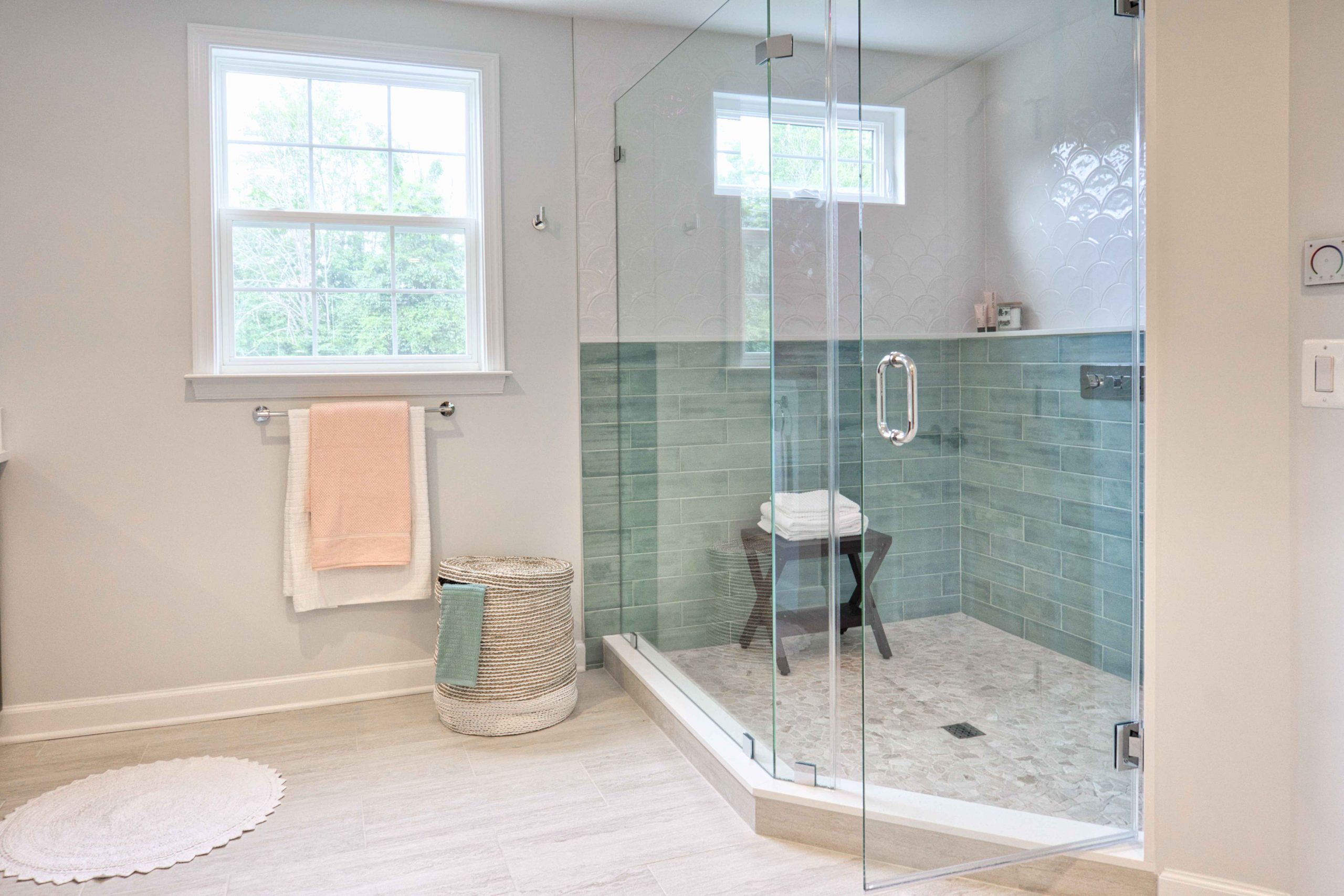If you own a modern shower cabin, as opposed to a traditionally tiled shower enclosure, then the bad news is that you will still have to keep it clean. The good news is that this is a whole lot easier than it is with old-fashioned shower enclosures, mainly due to the absence of tiling, which is just a time-consuming pain to clean. What’s more, if you go about it the right way, maintaining your shower cabin can take very little effort. These tips can help.
Wipe your feet (or put a towel down):
Wandering around in bare feet can be very comfortable but it means your feet can get very dirty, very quickly, so you might want to think about cleaning off the surface grime before you step into the shower. Alternatively, put a towel down on the shower floor and then just stick this in the wash after you’ve finished. Either of these approaches will go a long way to keeping the floor of your shower cabin white and gleaming.
Little and often is the way to go:
Ideally, all shower users should end their shower by going around the enclosure with the showerhead in one hand and a brush in the other to get rid of surface dirt. They should then use a microfiber cloth to remove the water. Back in the real world, at least give the shower enclosure a quick once over to remove any residue from the products used or, as an absolute minimum, run the water over any visible deposits.
Aim to give your shower a proper clean twice a week:
Before you gasp in horror, this approach will actually save you time and effort over the long term. We’ll explain why as we go along. As a minimum, clean your shower enclosure once a week for hygiene and practicality (plus it can help to extend the life of your shower). Here are some tips on how to keep your shower enclosure sparkling.
Start with the showerhead:
Fill a container with white vinegar and leave your shower head to soak in it while you clean your shower. If you do this at least every other time you clean your shower (assuming you clean it twice a week), then a short soak will be just fine.
Remove suds promptly:
It may seem like foam disappears all by itself if you just leave it but actually what happens is that the liquid content evaporates but the chemicals generally stay put, along with the dead skin cells and hair carried off your body in the foam. The advantage of rinsing your shower after each use is that this will catch everything when it’s at its easiest to remove. After this, a 50/50 mix of vinegar and water will probably do the trick, especially if you use it a couple of times a week as we suggest. If you do let the dirt in your shower cabin build-up to the point where you have to resort to a commercial cleaner, then make sure to use a non-abrasive one.
Vinegar and water is the perfect cleaner for reflective surfaces:
That same mixture of vinegar and water will also do a great job on the glass in your shower enclosure (and if you have mirrored tiles it works on them too). The key here is to get all the liquid off afterward to avoid streaks so a microfiber cloth is a good investment. Again, if you opt for commercial cleaners, make sure they’re non-abrasive.
Give your shower cabin doors plenty of love:
Doors aren’t just glass panels, they have handles, hinges/rollers, and seals as well, plus they open and close. Handles are easily dealt with; your vinegar/water mix will keep them looking shiny. Hinges/rollers don’t typically need to be cleaned, but you could take the opportunity to give them a touch of lubricant to keep them moving freely. The seals on the door, however, are places where dirt can easily accumulate, especially the one at the bottom of the door. Use a stiff brush to get it off.
Keep an eye out for mildew:
One of the huge benefits of shower cabins and compared to traditional shower enclosures is that they are practically immune to mildew and mold due to the absence of both tiling and shower curtains, which are the main places it usually takes hold. The only place mildew and mold could potentially attack a shower cabin is in the seams and you can avoid this by using proper sanitary silicone when you assemble the shower. If, however, you have used ordinary silicone to assemble the shower, there is a small possibility that you may get some slight mildew or mold. Ideally, you should take this as a sign that you should rebuild your shower using the right silicone, but realistically a simpler approach would be to apply that vinegar and water mixture using an old toothbrush and if that isn’t enough change to bleach and water and do the job again, very carefully and preferably wear gloves.
Pamper your plumbing:
If you live in a hard-water area then fitting a water softener to your shower can be a very good idea. Even if you don’t (or you have fitted a water softener), taking care of your shower plumbing is still a good idea and it’s so easy, there’s really no reason not to. As your first line of defense, put a protector over your drainage hole to trap hairs and such like. Then pour some baking soda down the hole every time you clean your shower if you like add some vinegar or lemon juice. If you start to notice a blockage (the water draining away slowly), then an old trick is to grind up some eggshells and put them down. They are gentle scourers and will often do the trick cheaply and naturally. If all else fails, then look for a good chemical cleaner.
Read More:
- 1. Mirror Decorating Ideas To Style Your Bathroom.
- 2. Home Hacks: Stuff You Can Clean in One Hour or Less.






















